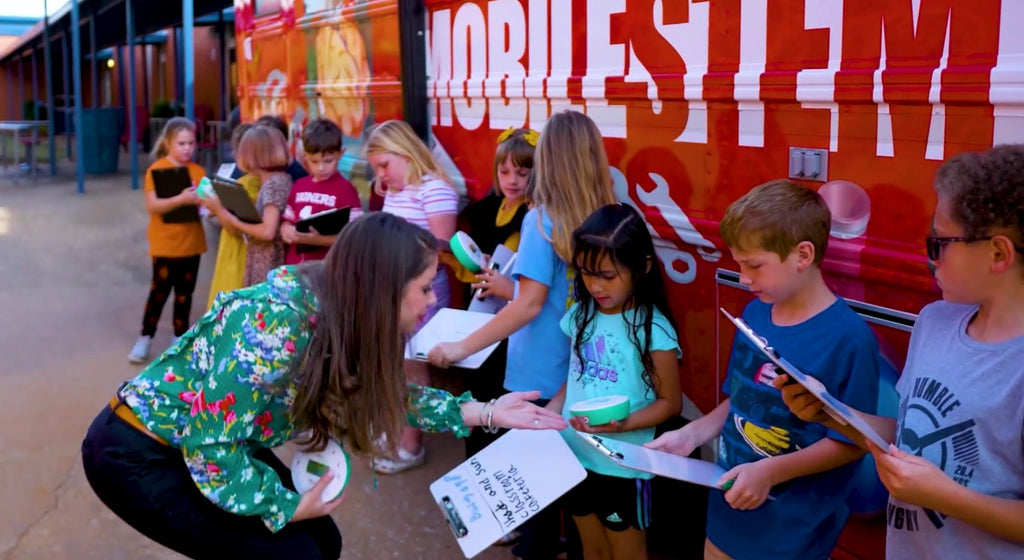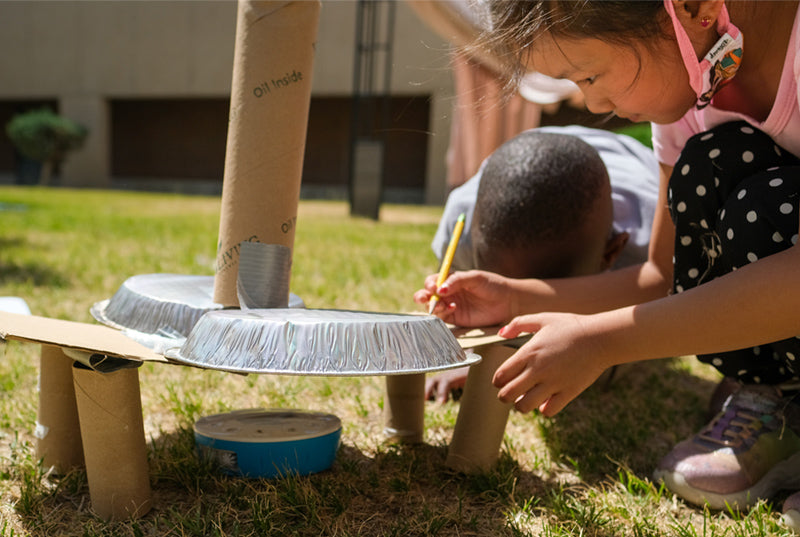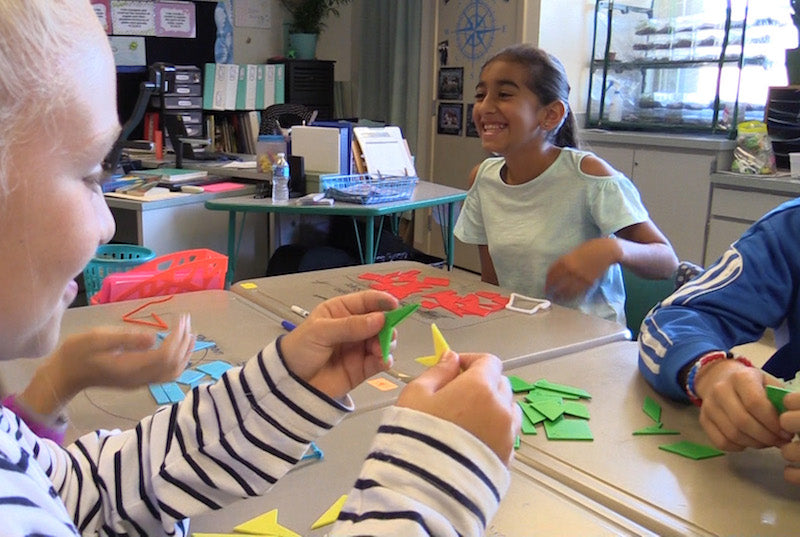From inside the K-12 bubble, it's easy to believe that schools are implementing STEM (Science, Technology, Engineering, and Mathematics) and STEAM (adding art to STEM) initiatives, but that's not necessarily the case. In 2016, a Gallup research poll conducted by Google found that only 40% of U.S. schools offer programing or coding classes.
There are conferences and programs all dedicated to implementing STEM technology and STEM solutions, but what about supporting the shift in demands for future careers?! And what qualifies as a STEM career? Let's take a look at the landscape so we are able to prepare students better for 21st century careers.
What is a STEM Career?
According to Columbia State College, STEM careers are careers in Science, Tech, Engineering, Math, and Medicine — "The careers that will be in demand in the future and will create the economy of tomorrow." The following are a list of STEM careers. For the full list, click here:
- Aeronautical/Aerospace Engineering
- Agricultural/Biological Engineering and Bioengineering.
- Architectural Engineering.
- Artificial Intelligence and Robotics.
- Biochemistry/Biophysics and Molecular Biology.
- Chemical Engineering.
- Civil Engineering Technology/Technician.
- Computer Engineering Technology/Technician.
- Construction Engineering Technology/Technician.
- Electrical, Electronics and Communications Engineering.
- Environmental/Environmental Health Engineering.
- Genetics, General.
- Geotechnical Engineering.
- Hydraulics and Fluid Power Technology/Technician.
- Industrial Engineering.
- Manufacturing Engineering.
- Mechanical Engineering.
- Nuclear Engineering.
- Optics/Optical Sciences.
- Robotics Technology/Technician.
- Solar Energy Technology/Technician.
- Structural Engineering.
- Systems Engineering.
- Transportation and Highway Engineering.
Facing the Facts
Key Tips to Prepare Students
Now that we have identified some STEM careers, let's go through some "musts" to preparing kids for future STEM careers.
STEM in Education is a Shared Responsibility
That's right — it's a team effort in education to implement STEM into the district, school, and classrooms.
Superintendents and higher-ups must make STEM a priority when it comes to budgeting and funds. Schools must support teachers and offer STEM electives, as well as challenging STEM courses. Lastly, teachers of all grades and subjects must make an effort to include at least the basic principles of STEM in their classrooms.
If you would like to find out how to bring STEM solutions into your classroom, contact us at edu@robo3d.com.
Resources:
www.cscc.edu/academics/departments/science/futurescientists/what.shtml
https://www.thetechedvocate.org/preparing-k-12-students-for-future-stem-careers/



